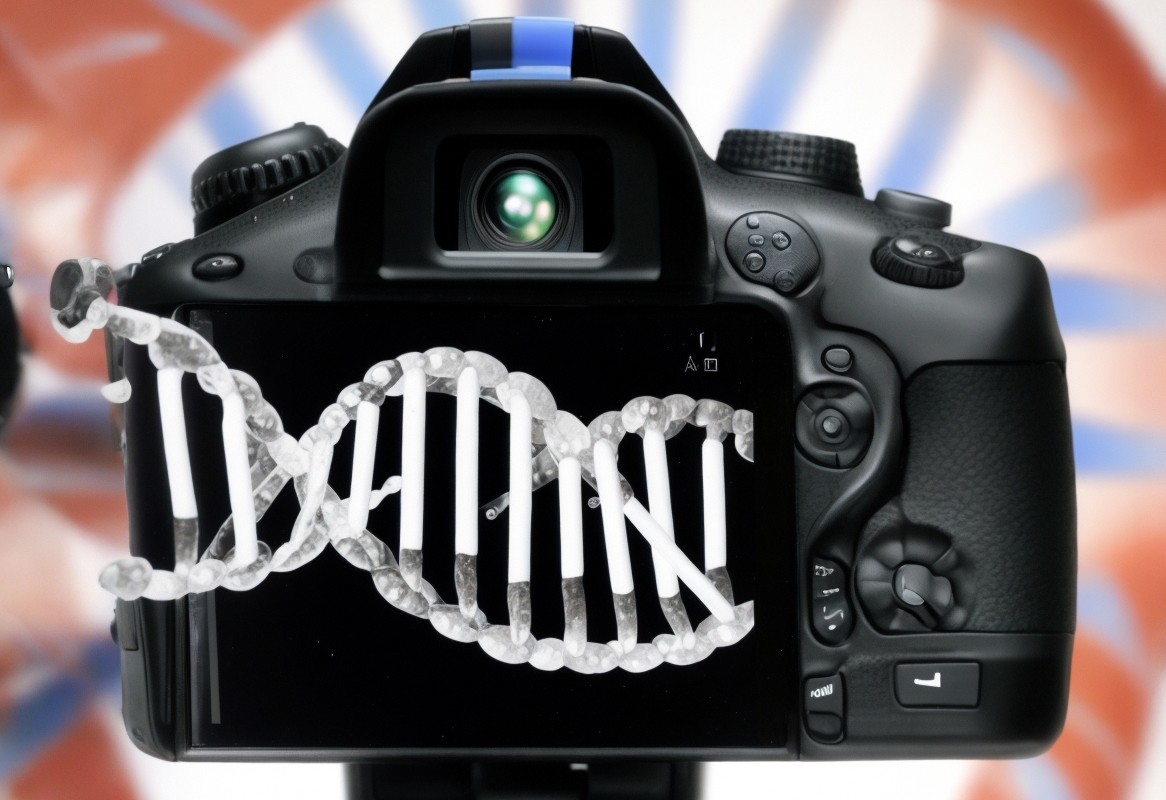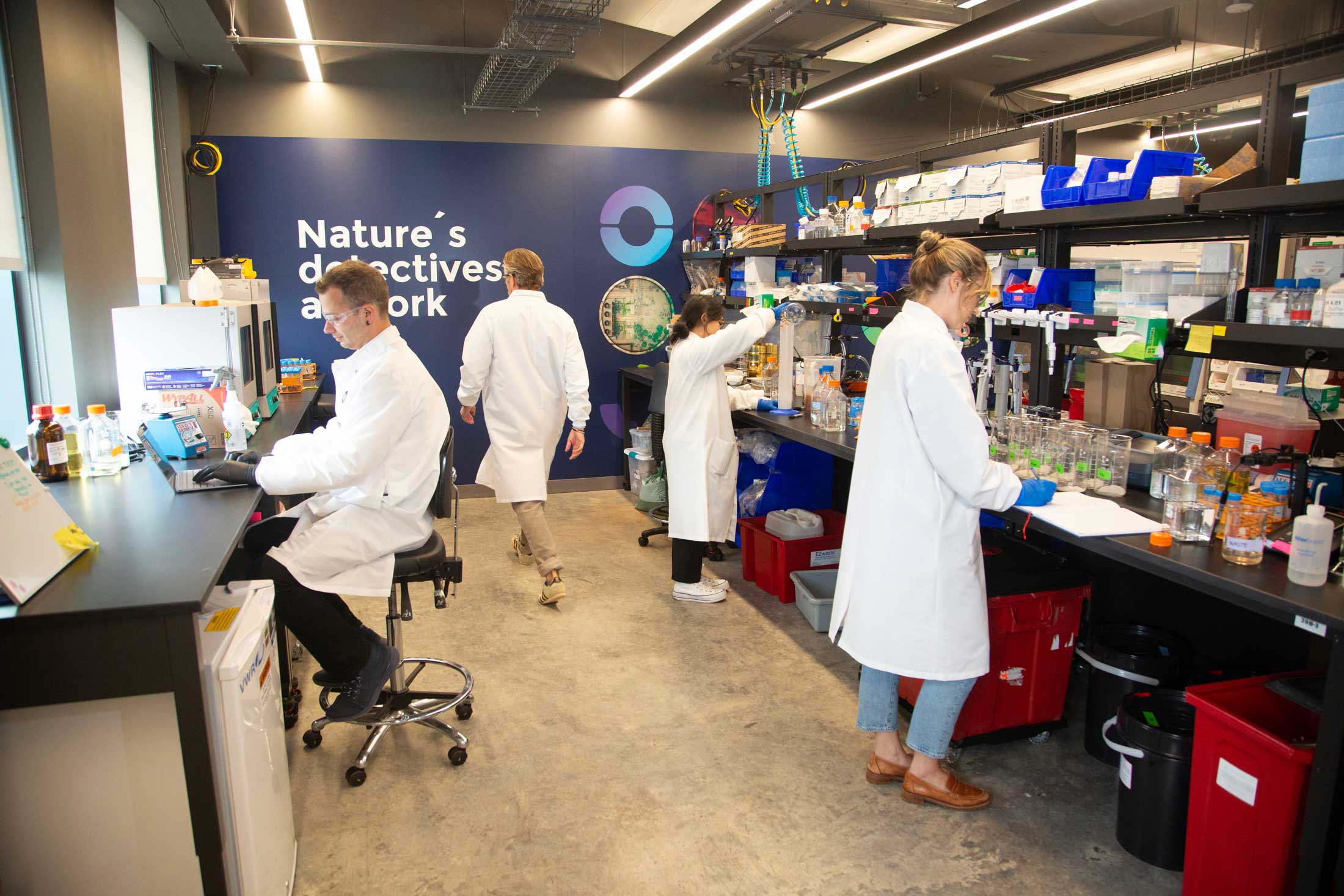Ai Digital Biology
A ‘Biological Camera’ to Capture the Full Potential of DNA Data Storage
Researchers at the National University of Singapore have pioneered an innovative ‘biological camera’ that ushers in a new paradigm of information storage
Jul 11, 2023
Image Created Using Leonardo.ai
In a groundbreaking achievement that seems straight out of science fiction, scientists have developed a 'biological camera' using living cells. A team from the National University of Singapore (NUS) used these cells' innate biological mechanisms to encode and store data. This innovation could fundamentally reshape the data-storage industry by enabling the direct encoding and storage of images within DNA, analogous to the workings of a digital camera.
The revolutionary research, published in the journal Nature Communications on July 3, 2023, was spearheaded by Associate Professor Poh Chueh Loo, Principal Investigator at the College of Design and Engineering at NUS and the NUS Synthetic Biology for Clinical and Technological Innovation (SynCTI).
Our modern world generates data at a breathtaking pace, leading to the coinage of data as the 'new oil' of the 21st century. With an estimated 33 zeta bytes (ZB) of data in 2018, experts forecast the global data sphere will swell to a staggering 175 ZB by 2025. As a result, the quest is on to develop storage solutions that not only accommodate this burgeoning load but also minimize the environmental impact of resource-intensive data centers. For reference, 1 ZB is equivalent to 1 billion terabytes.
In recent times, DNA, with its remarkable storage capacity, durability, and stability, has emerged as a compelling alternative to traditional storage media. DNA also holds the potential for storing different types of information beyond genetic code, including images and videos.
“The imminent data overload has us searching for alternatives. In DNA, we have a medium that can store a breathtaking 215,000 terabytes of data in just a single gram—that's akin to stacking 45 million DVDs together," explains Assoc Prof Poh.
Cheng Kai Lim, a graduate student on the team, adds, "DNA is also easy to manipulate with current molecular biology tools, can be stored in various forms at room temperature, and is so durable it can last centuries."
However, the potential of DNA as a storage medium has been hindered by the cost and error-prone nature of synthesizing DNA strands outside of cells. The NUS team ingeniously bypassed this problem by using the abundant DNA within live cells, essentially turning them into 'data banks'.
The NUS team's pioneering system, aptly named 'BacCam,' blends various biological and digital techniques to mimic the functions of a digital camera. Assoc Prof Poh likens the DNA within a cell to "an undeveloped photographic film." Using a technique known as optogenetics, they were able to imprint light signals onto the DNA 'film' in a manner reminiscent of a camera shutter capturing an image.
The scientists then employed barcoding techniques to uniquely identify the imprinted images, much like labeling photos. Machine-learning algorithms were used to organize, sort, and reconstruct the stored images, in effect, creating the 'biological camera' that parallels a digital camera's capture, storage, and retrieval process.
Notably, the 'BacCam' system was able to capture and store multiple images at once using different light colors, offering a reproducible and scalable approach to DNA data storage that far surpasses earlier methods.
“This work represents a major leap in integrating biological systems with digital devices,” said Assoc Prof Poh. “By harnessing the power of DNA and optogenetic circuits, we have developed the world's first 'living digital camera.' Our work pushes the frontiers of DNA data storage and lays a new foundation for innovation in recording and storing information within a biological framework.”


















